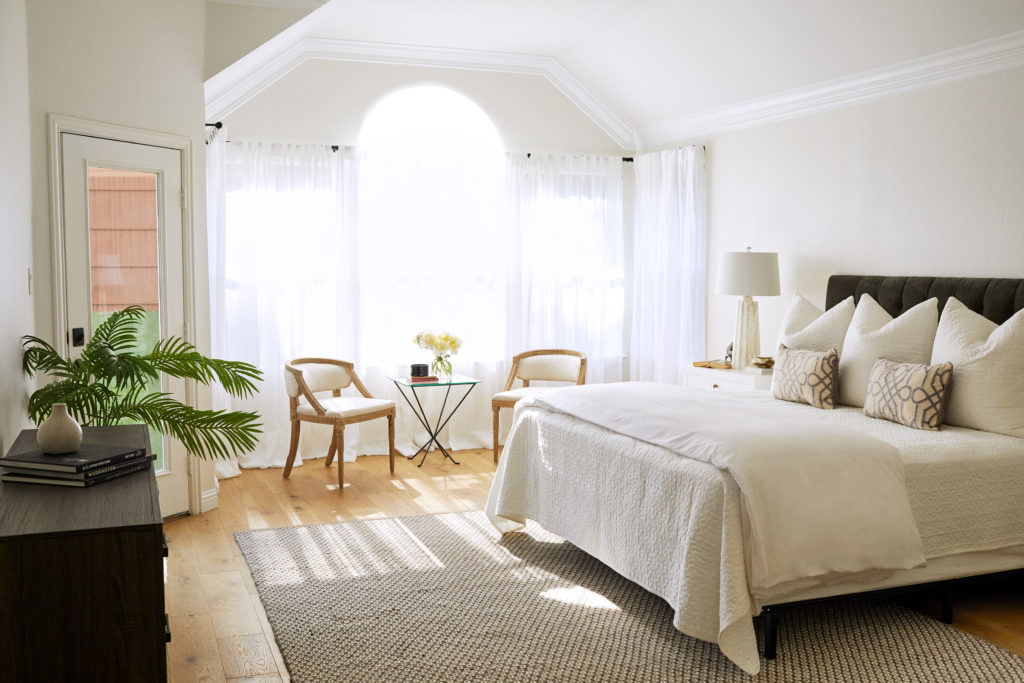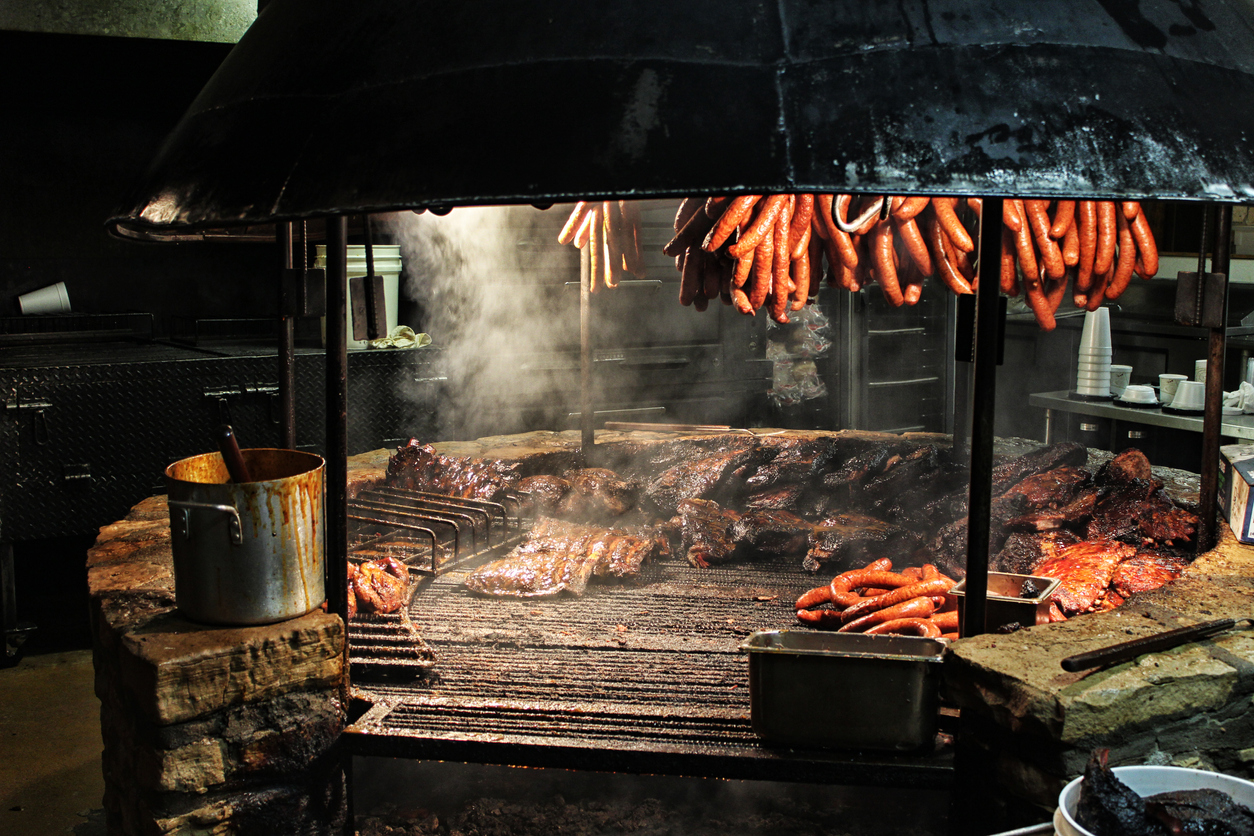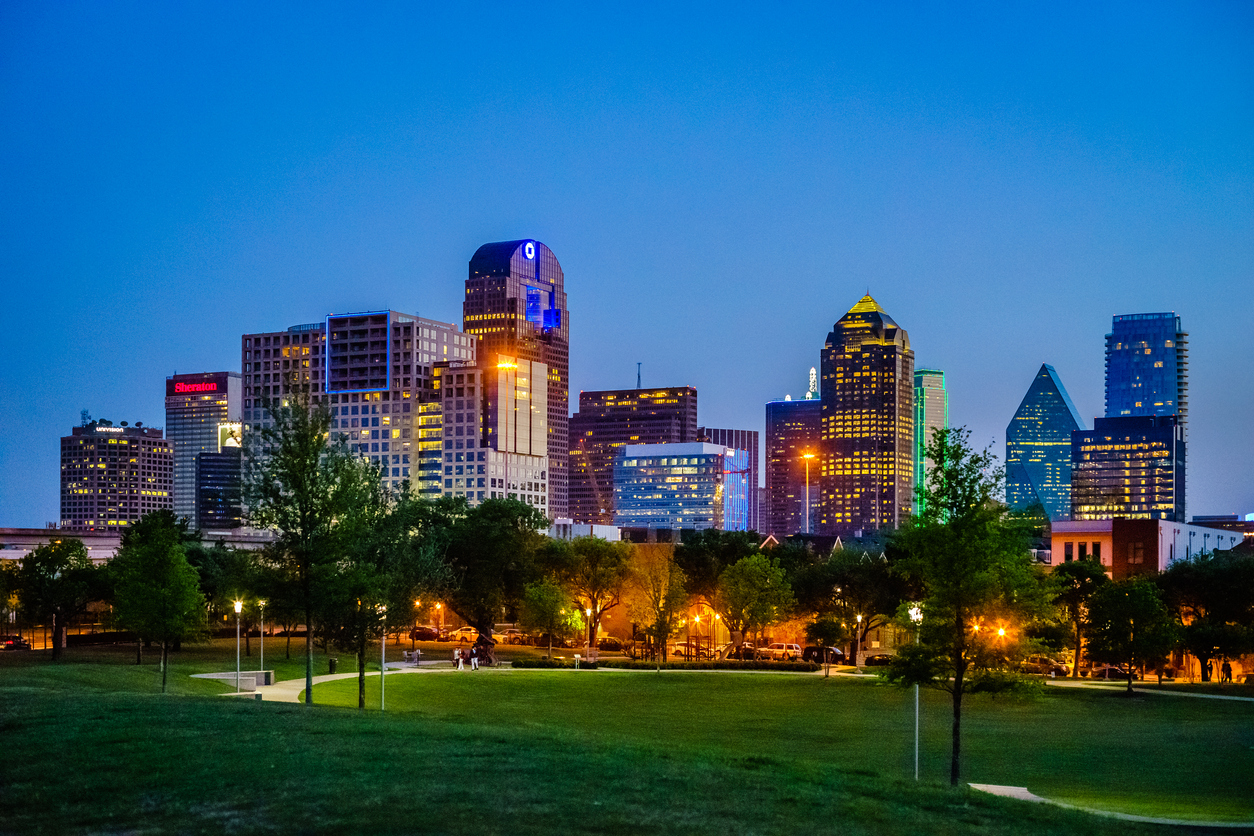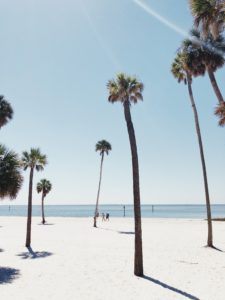From the very start of their relationship, Brenna Thomas and her husband, Bill Lundquist, knew their life together would definitely include a few must-haves: dogs, international travel, and—as soon as they could afford one—a home of their own.
“We both love domestic pursuits like cooking, gardening, and tons of flea-market-inspired DIY projects,” Thomas says, with a laugh.
It turns out that this pair had already figured out a lot of pieces of their dream home—they had a budget, were pre-approved for their mortgage, and had even narrowed their ideal zip codes down to three or four. But they had no clue how much time their house search would take.
The Homebuying Institute reports that home search is the longest stage of the home buying process, estimating people spend between three to six weeks touring homes before they make an offer. It’s likely that most of this time comes down to the limited windows in which you can actually get into a home for a tour. Some homes are occupied, so the tour windows are wholly dependent on the schedules of the sellers. Beyond that, real estate agents try to schedule tours when they can be there, too, adding yet another layer of scheduling difficulty. And if you work on the weekends, like Lundquist, you’re likely to miss out on many open houses.
Imagine, instead, a world where every day is an open house. A digital key that gives you instant tour access to an entire city of homes. An all-in-one, home shopping stop where you can find exclusive listings and walk right in to the homes you want to tour — with or without your agent. Bungalo’s mobile app not only lets you self-tour homes, but it can help trim hours, days, and months off your home search. Thomas and Lundquist say that option would’ve been a game changer for them. And they’re likely not alone.
1. Enjoy Your Own Private Open Houses—Even During Off Hours
When touring homes, Lundquist knew peace and quiet during the morning and early afternoon were essential for him because of his off-hours work schedule. Touring on their own time would’ve allowed the couple to gauge the noise level at any potential house or neighborhood at a certain time.
And even if this specific scenario doesn’t apply to you, there are plenty of perks to this modern way of home touring. First off, touring on your schedule means you can view houses when it’s easiest for you —and not the middle of the work day. Second, you’re free to pop in on a whim while running errands or just passing through a neighborhood you love. And finally, checking out a home at different times of day will help you get a feel for things that might have a huge impact on your decision, like commute or neighborhood traffic patterns.

2. Take Total Control of Your Home Tours
While traditional open houses are certainly efficient for a seller, they don’t really give you, the buyer, a true view of the home. If an open house is packed (and most are since they are usually held in two hour windows), it might be hard to really inspect that hardwood floor you were swooning over in pictures. Using the Bungalo app to let yourself in, you can get a feel of each room and check boxes on your list of must-haves without rubbing shoulders with other buyers along every hallway. Plus, you won’t have to worry about pressure from the seller’s agent throughout the tour. It’s just you, detailed information about the home, and all the time you need. Ahhh.

3. Make Your Already Busy Life a Little Less Busy
House hunting is meant to be fun. After all, you’re imagining your life in a new space that will one day be all yours. But as most aspiring home buyers soon find, actually getting into the house to tour can be a headache—especially if you, like all of us, have a life outside of your home search.
“Brenna and I each have enormous workloads,” adds Lundquist. “But our hours tend not to be in sync. This is one reason that the ability for us to tour homes autonomously, and whenever we could grab an hour or two would’ve been key.”
“We both moved to Texas to go to see bands, eat super-spicy Tex-Mex food, and hang out with friends,” says Lundquist. “Not to look at houses!”
Touring on your time takes so many headaches out of the home buying process. And, it gets you into your dream home faster, and back to living your life.




 The powerful adage “how you do anything is how you do everything” also applies to homes. When you’re on a tour, take the time to look at the little things. Do the doors hang evenly in their frames? Is the tiling in the bathroom meticulously spaced and flush with the wall? Are the doorknobs and other fixtures fastened well and in good working order? Are any of the light bulbs burned out? If you see a bunch of small problems and things that seem “off,” it’s often a sign that the previous owners deferred maintenance.
The powerful adage “how you do anything is how you do everything” also applies to homes. When you’re on a tour, take the time to look at the little things. Do the doors hang evenly in their frames? Is the tiling in the bathroom meticulously spaced and flush with the wall? Are the doorknobs and other fixtures fastened well and in good working order? Are any of the light bulbs burned out? If you see a bunch of small problems and things that seem “off,” it’s often a sign that the previous owners deferred maintenance.



